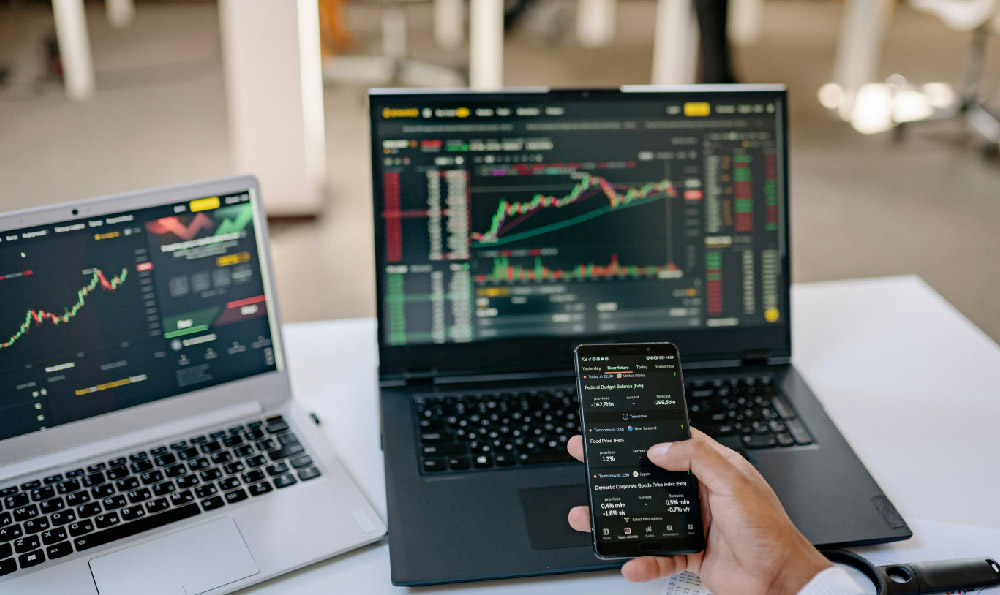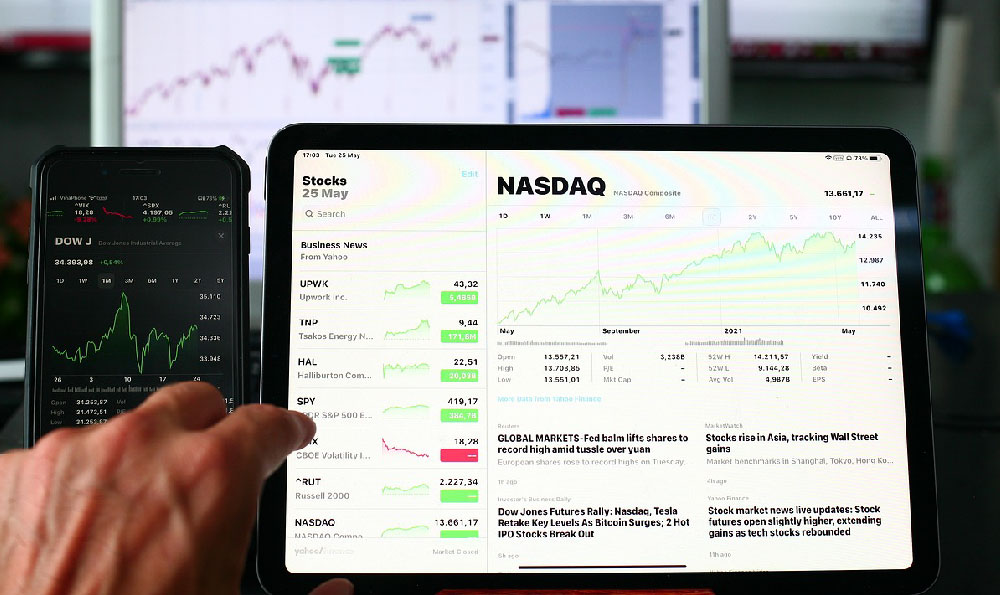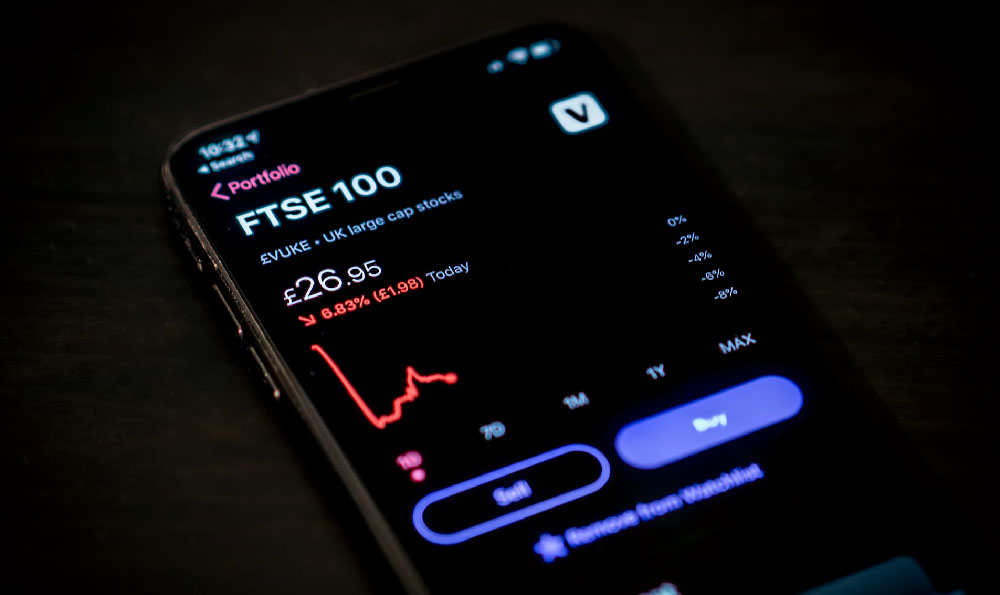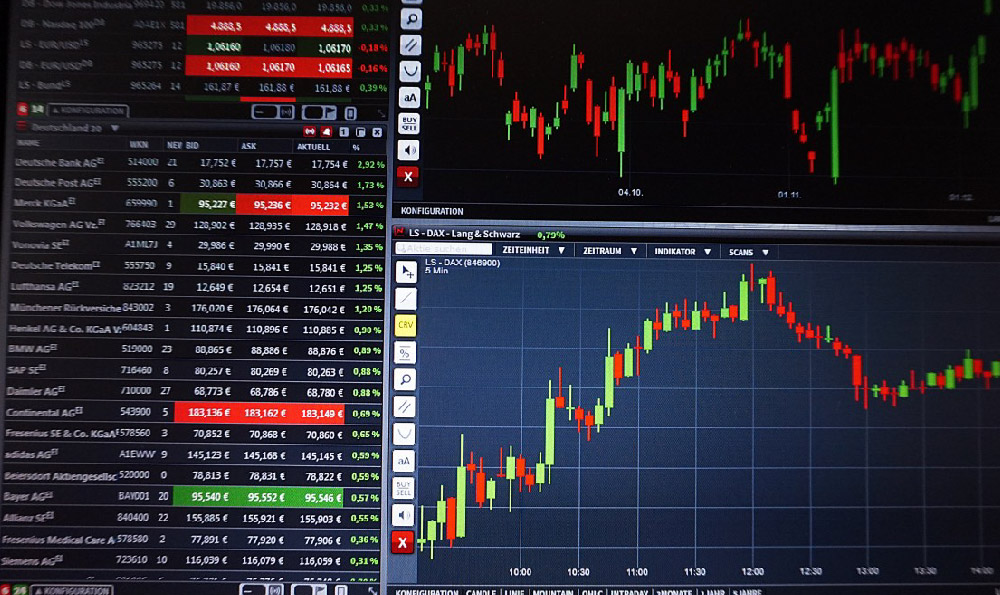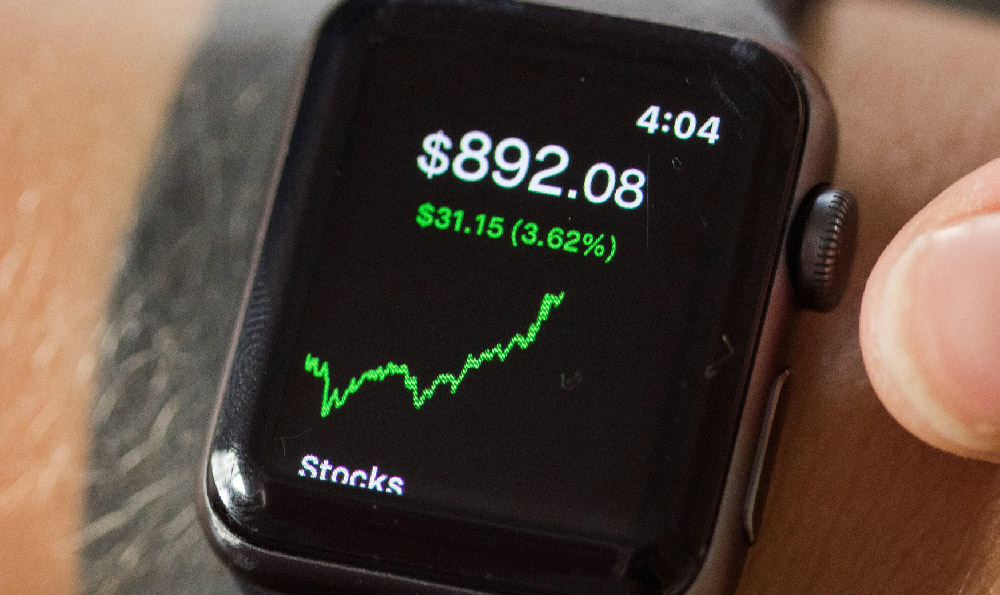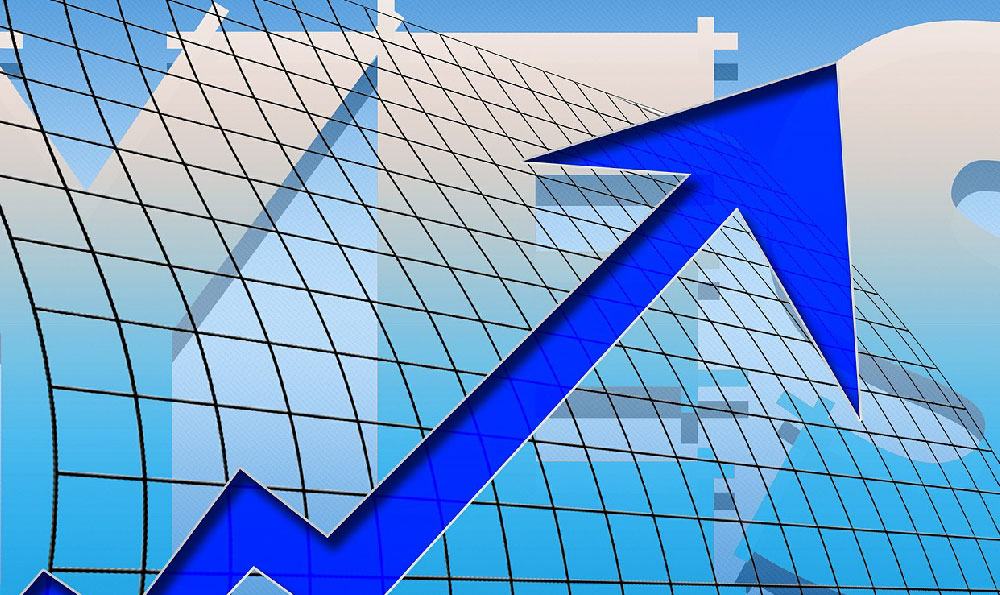Which company is the highest earner, and how much profit do they make?

The quest to identify the “highest earner” among companies requires a nuanced understanding of what constitutes “earning.” While revenue, often touted as a key indicator, provides a picture of a company's top-line sales, it doesn't necessarily reflect profitability. A company can generate substantial revenue while simultaneously incurring significant expenses, resulting in meager profits or even losses. Therefore, when searching for the highest earner, we need to focus on metrics that accurately capture a company's bottom-line profitability – primarily net income.
Frequently, the title of "highest earner" oscillates between a few key players in the technology, energy, and financial sectors. In recent years, Saudi Aramco, Apple, Microsoft, and various large financial institutions have been contenders. The specific company holding the crown can shift depending on macroeconomic conditions, commodity prices (particularly oil), technological advancements, and consumer spending patterns.
Let's consider Saudi Aramco. This state-owned oil and gas company consistently generates enormous profits due to its access to vast, low-cost oil reserves. The precise profit figures fluctuate with global oil prices and production levels. When oil prices are high, Aramco's profits can be extraordinarily large, potentially surpassing even the largest tech companies. For instance, during periods of elevated oil prices, their net income has been known to exceed hundreds of billions of dollars annually.
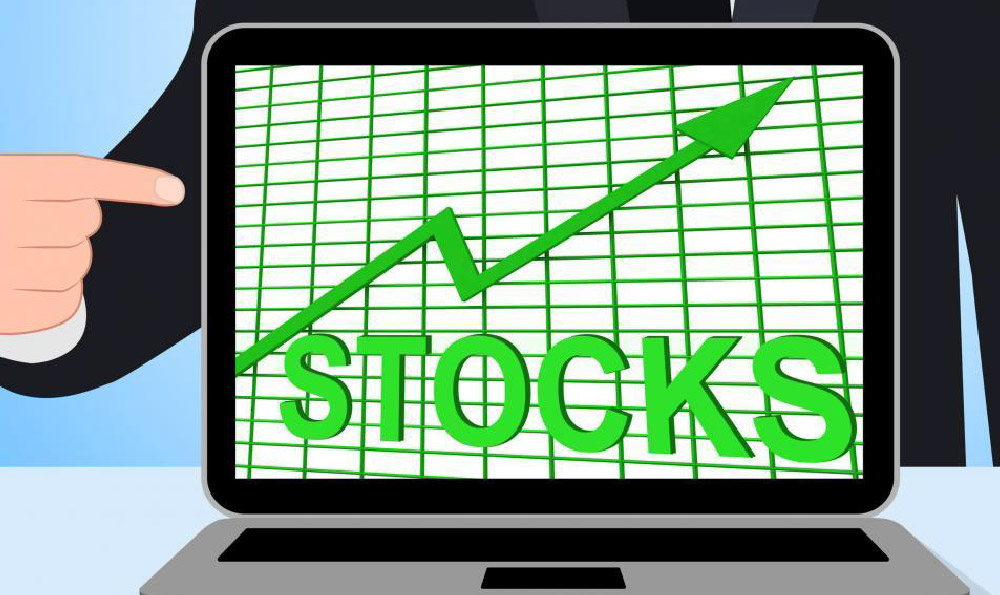
However, the reliance on a single commodity exposes Aramco to inherent volatility. Geopolitical events, changes in global energy demand (driven by economic slowdowns or the adoption of renewable energy sources), and decisions by OPEC (Organization of the Petroleum Exporting Countries) can significantly impact its profitability.
Moving into the technology sphere, Apple stands out as a consistent profit powerhouse. Apple's success isn't solely driven by volume; it's a result of its strong brand, premium pricing strategy, and loyal customer base. The company maintains tight control over its ecosystem of hardware, software, and services, creating a seamless user experience that fosters customer retention and recurring revenue streams. Apple's products, from iPhones and iPads to Mac computers and Apple Watches, command premium prices, contributing to substantial profit margins. Furthermore, Apple's services segment, including iCloud, Apple Music, and the App Store, generates high-margin recurring revenue, bolstering overall profitability. In recent fiscal years, Apple's net income has consistently remained in the tens of billions of dollars each quarter, demonstrating a remarkable ability to convert revenue into profit.
Microsoft, another technology giant, has also established itself as a high earner. Unlike Apple's primarily hardware-centric approach, Microsoft's revenue streams are diversified across software, cloud computing, and gaming. The company's Azure cloud platform has become a dominant force in the cloud computing market, competing fiercely with Amazon Web Services (AWS). Microsoft's Office 365 suite continues to be a staple in businesses worldwide, generating substantial recurring revenue. Furthermore, Microsoft's gaming division, including Xbox and related services, contributes significantly to the company's overall profitability. Similar to Apple, Microsoft's net income consistently remains in the tens of billions of dollars per quarter, reflecting its diverse revenue streams and strong profitability.
The financial sector also produces notable high earners. Large banks and investment firms, such as JPMorgan Chase, Bank of America, and Goldman Sachs, can generate substantial profits through a variety of activities, including lending, investment banking, asset management, and trading. The profitability of these firms is highly sensitive to macroeconomic conditions, interest rates, and market volatility. During periods of economic expansion and rising interest rates, these institutions often experience increased lending activity and higher investment banking fees, leading to higher profits. Conversely, during economic downturns and periods of market volatility, their profitability can decline due to increased loan losses and decreased trading revenue. The profits for the largest financial institutions can also reach tens of billions of dollars annually, though they tend to be more cyclical than the profits of tech companies.
It's crucial to recognize that these figures are constantly evolving. Company performance is influenced by a myriad of factors, including competitive pressures, regulatory changes, technological disruptions, and shifts in consumer preferences. A company that is the highest earner in one year may not necessarily hold that title in the following year.
To obtain the most current and accurate information, it is necessary to consult the financial statements of these companies. Publicly traded companies are required to file quarterly and annual reports with regulatory bodies like the Securities and Exchange Commission (SEC). These reports provide detailed information about a company's revenue, expenses, and net income, allowing investors and analysts to assess its financial performance.
In conclusion, determining the "highest earner" requires a careful examination of net income, rather than just revenue. While the title often rotates among Saudi Aramco, Apple, Microsoft, and large financial institutions, the precise ranking can change depending on market conditions. Accessing the most recent financial reports is crucial for identifying the current leader and understanding the factors driving their profitability. The quest for the highest earner is an ongoing process, requiring constant vigilance and a keen understanding of the global economic landscape.
